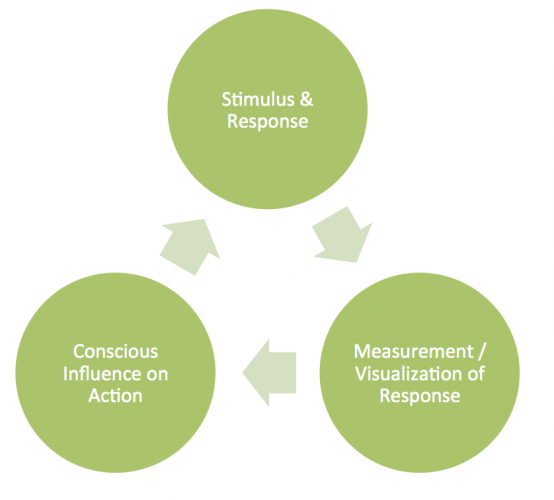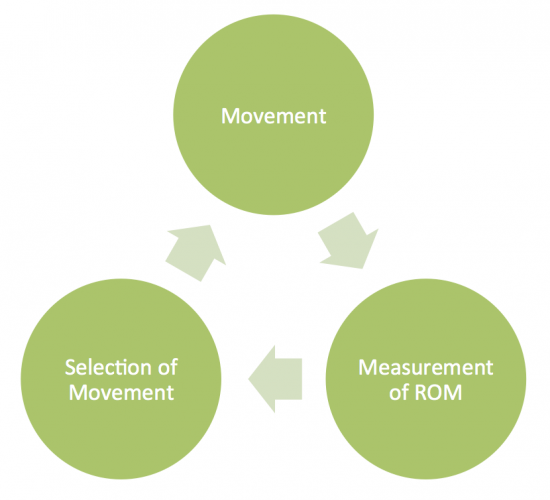
I don’t have a smart and allegorical or snarky and funny introduction for this piece, and I’m certainly not going to win a Pulitzer prize for it, but this topic has come up enough times to address it.
Every so often someone emails me or comments on the blog that I’m using the term “biofeedback” incorrectly. According to their experience, biofeedback is where you use a device (amusingly, some people have also asked how much the device costs to do the kind of training I advocate) that monitors some combination of heart rate, skin conductance, brain waves, or other physiological markers, and then make a continuous effort to manipulate those markers. What I recommend as a biofeedback-testing approach to training doesn’t use any of this hardware.
An example application of the traditional approach is the emwave system and protocol, which involves monitoring heart rate and attempting to bring conscious control over your heart rate to lower it and “smooth” it out or bring it into “coherence,” in their terminology.
I’m not going to discuss the efficacy or specific applications of these forms of biofeedback because it’s not my area of expertise.
Let’s instead unpack my version of the definition and the structure of the underlying approach to understand what it means.
The Wikipedia definition of biofeedback describes it as “is the process of gaining greater awareness of many physiological functions primarily using instruments that provide information on the activity of those same systems, with a goal of being able to manipulate them at will.” So, you’ve got a stimulus and a concomitant response, some way to gain awareness and quantify the response, and an attempt to manipulate it. Visually, it’s like this:

Can we fit biofeedback training (as I use the term) into that model?
Lo and behold, biofeedback training fits perfectly into the existing biofeedback training. You’re using range of motion (ROM) to gain insight into the physiological response to a specific movement and using that information to inform your next decision.

Besides just being a bit blinkered by their previous experience, I think folks who are confused by the use of the term biofeedback are missing an important point.
For example, when biofeedback is used clinically as a stress relief or relaxation technique the explicit goal may be to consciously manipulate and lower the heart rate. But you’re not using biofeedback to the end of lowering heart rate, you’re using it as a proxy to relax or, if you want to get technical (which I don’t), effect a change in the autonomic nervous system to push it more parasympathetic.
Similarly, in biofeedback training the apparent goal is to get a positive change in range of motion, but ultimately that is only a proxy for the broader goal, which is to influence the body in such a way that it exhibits a positive physiological response (as determined by the increase in ROM) that over the long term seems to produce the best training results.
Let me be crystal clear on this point:
Doing things in the short term that result in a positive changes in range of motion seems to translate to positive results in the long term.
Biotrainforcerize™
I don’t doubt that it may be better from a marketing standpoint to have a proprietary term exclusive to me and the ideas and protocol I espouse. Sadly, that would violate the simple and pragmatic approach I prefer to use in general.
So for now I’m going to keep calling it biofeedback.


Leave a Reply